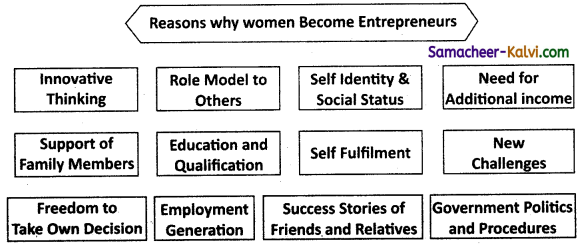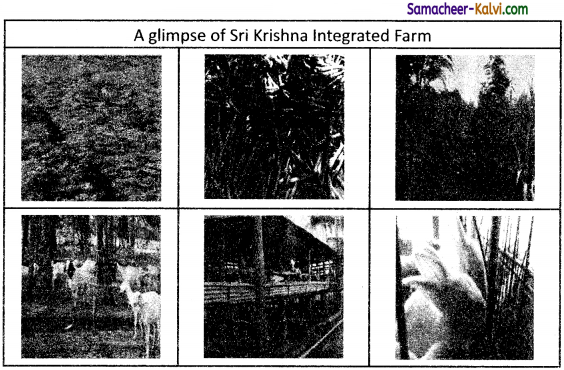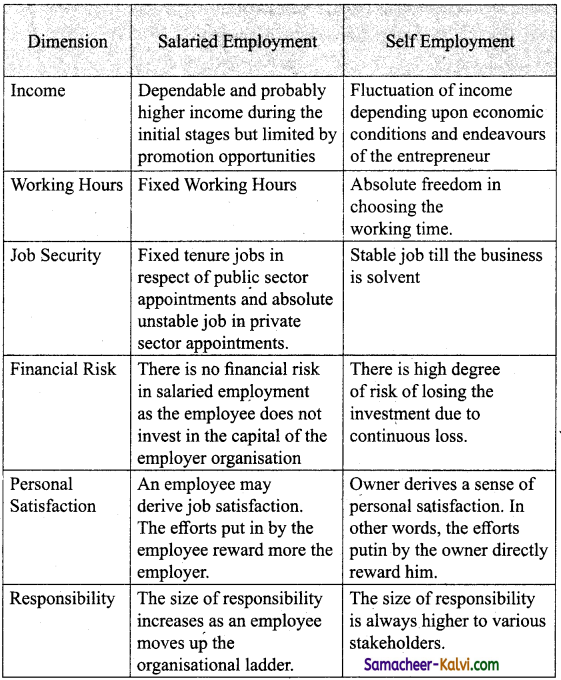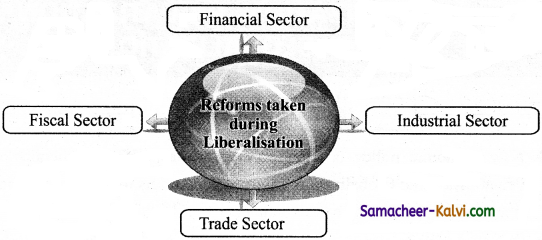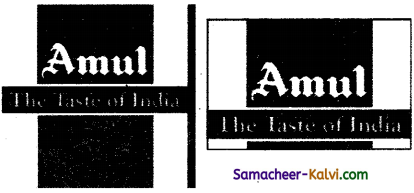Samacheer Kalvi 12th Commerce Notes Chapter 28 Company Secretary
→ The person who is responsible for the general performance of an organization is called company secretary. The Key Managerial Personnel (KMP) who run a company is called with a different titles, directors, managers or secretary.
→ The person who steers the company holding the administrative financial and overall performance of the company is called company secretary.
→ Apart from statutory qualifications, he should also have other qualifications as may be necessary to conduct the affairs of the company. The secretary must be smart, unbiased and must have high IQ besides presence of mind and amiable personality.
→ Only an individual who is a member of institute of company secretaries of India can be appointment as a company secretary.
Functions of the company secretary may be classified under two headings:
- Statutory function or duties
- Non-statutory functions or duties
→ A company secretary is a high level officer. He enj oys certain rights and power as per contract made with the company which are as follows. Supervision and control, signing authority, exercise power, issuing testimonial, claiming salary and damages, preferential creditor and attending meeting.
→ The board of directors of a company has absolute direction to remove a company secretary or to terminate his services at any time for any reason or without any reason.
Under the companies act, 2013, company meetings can be classified as under,
- Meeting of share holders
- Meeting of directors
- Special meetings
→ As per the Companies act 2013, for taking any decision or executing any transaction, the consent of the share holders, the board of directors and other specified is required. The decision taken at a meeting are called resolutions.
→ There are broadly three types of resolutions namely ordinary resolutions, special resolution and resolution requiring special notice.
→ By casting his vote one formally declaring his opinion or wish infavour of or against a proposal or a candidate to be elected for an office. The proposals passed across the table of any company depend mainly on the vote cast by the board of directors. There are two distinct procedures of voting. Open and secret procedures.
Study the websites which are related to company functions www.bseindia. com
Free Domin – Contact Forms, E-mail account, e- commerce website, youtube, advertisement mobile app, Facebook advertisement website is a collection of related network, web resources such as web pages, multi media or Google, com, Amazon.com
→ Mr R. as the secretary of the Muraliviki Co., signed a letter to its bank, forwarding a ‘resolution’ of the board of directors. The resolution named three directors and instructed the bank to pay cheques signed by any two of them and countersigned by the secretary. Specimen signatures were attached. The instruction was entirely in accordance with the company’s memorandum and articles.
However, there had never been any proper appointment of directors or a secretary by the company. Those who had formed the company had assumed their roles. Following the letter, the bank had honoured cheques in accordance with the instructions contained in the letter. The question was, whether, the company was bound by the cheques. Comment.
Yes, the company was bound by the cheques given. Because the company has already instructed the bank to pay cheques signed by two of the directors and counter signed by the secretary. So the bank honoured the cheques issued by the company.
→ A contract between Muthumani Ltd and Mr. V, one of its director is referred to a general meeting for its approval. At the meeting, Mr. V voted for the resolution and all others against it. But as V held majority of shares and was entitled to majority of votes, the resolution was passed. Is the contract binding on the company?
No, the contract is not binding the company. Because the director Mr. V is having majority of shares and majority of votes he has to passed the resolution.
